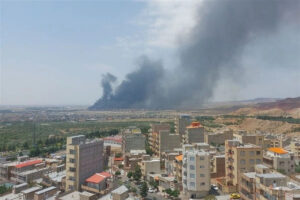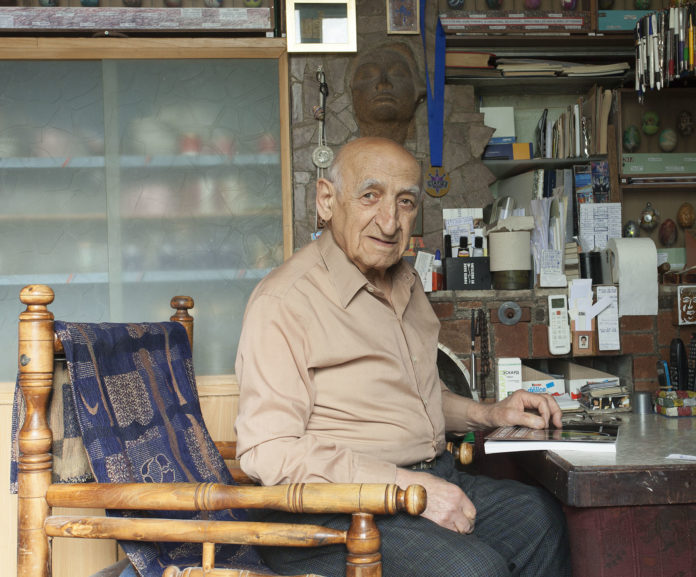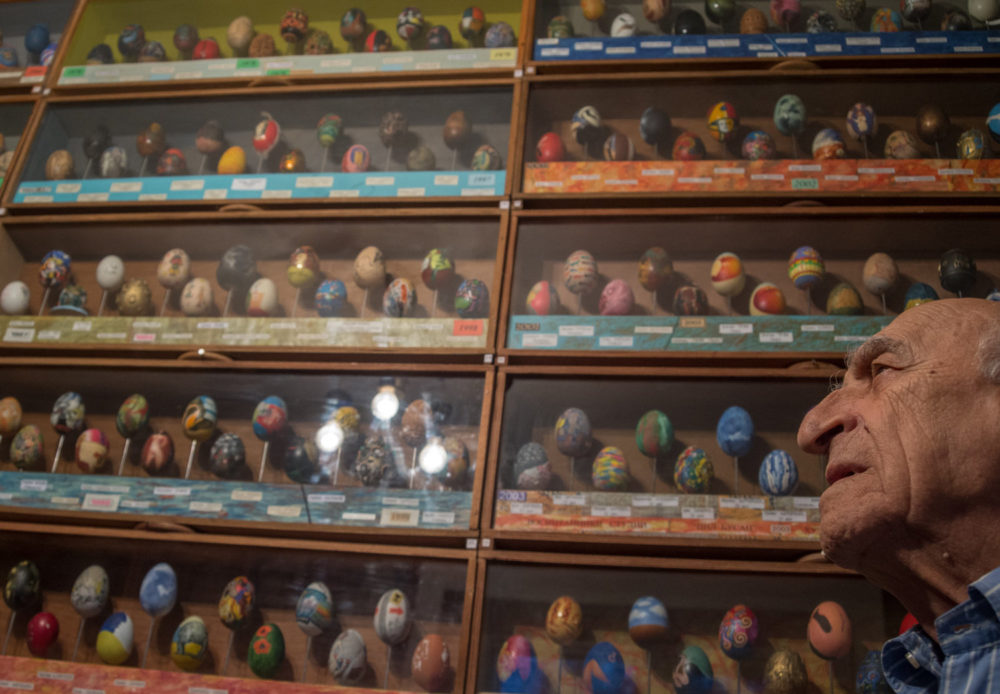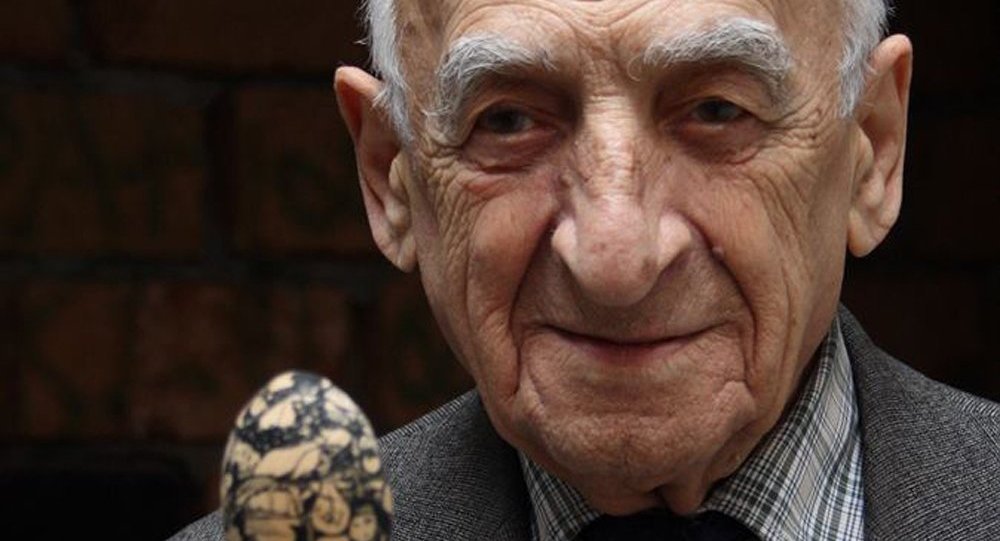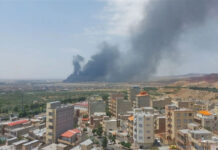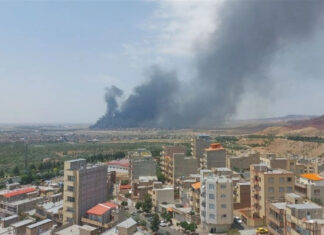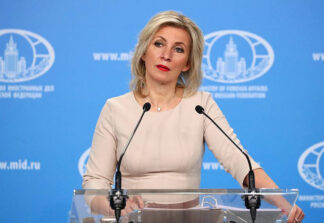Artsvi Bakhchinyan
Special to the Mirror-Spectator
YEREVAN — Musician, pedagogue, writer, art collector Yakov Zargaryan began his memoir, My Minas, with the following words: “I was lucky…” – referring his close friendship with eminent artist Minas Avetisyan.
Writing this article in his memory, I repeat his words in the plural: “We were lucky…” My family was lucky, moving in 1975 to the apartment at Estonakan 7 in Yerevan, where Yakov Zargaryan was our upstairs neighbor for 45 years.
Had he lived, he would have turned 95 in December. Who knows, in our troublesome times, the constrained immobility might have played a role in causing him to die. He used to say half-jokingly, half-seriously that he is going to live 120 years.
He was one of the most interesting personalities of Yerevan; people loved him and always sought after him. He was known in the world of music and painting, the media, the early inhabitants of our Ajapnyak district, and a number of Diaspora Armenian musicians who were educated in Yerevan, as Zargaryan had been the dean of the foreign students’ department of the conservatory for 16 years. Many knew him also in Russia: it is no accident that two years ago, Russian TV presenter Maxim Galkin hosted Zargaryan in his “The Oldest One” program.
